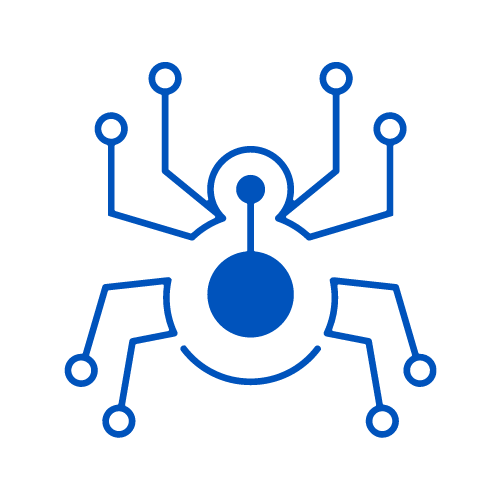Stuxnet: The Game-Changer in Cyber Warfare

Introduction:
Stuxnet, a sophisticated piece of malware discovered in 2010, is widely recognized as one of the first cyber weapons used to cause physical, real-world damage. This marked a significant moment in the history of cyber warfare.

Development and Deployment:
Developed by a collaboration between U.S. and Israeli intelligence agencies, Stuxnet was designed to target Iran's nuclear program. It specifically aimed at Siemens industrial control systems used in Iran’s uranium enrichment centrifuges. The malware subtly caused physical damage to the centrifuges while displaying normal operating readings, leading to significant disruption in Iran's nuclear activities.
Impact and Significance:
Stuxnet's impact was profound. It demonstrated the potential of cyber weapons to infiltrate and manipulate industrial systems, causing physical destruction without any traditional military engagement. It opened a Pandora's box in cyber warfare tactics, showing that critical national infrastructure, such as nuclear facilities, could be vulnerable to remote cyberattacks.
Legacy:
Stuxnet set a precedent for state-sponsored cyber warfare. It raised global awareness about the vulnerability of industrial control systems and the need for stringent cybersecurity measures. The incident led to increased investments in cybersecurity, especially in protecting critical infrastructure.

Conclusion:
Stuxnet remains a pivotal chapter in cyber warfare history. It shifted the paradigm from data theft and espionage to the use of cyber tools for physical sabotage, reshaping the landscape of national security and international cyber strategies.


